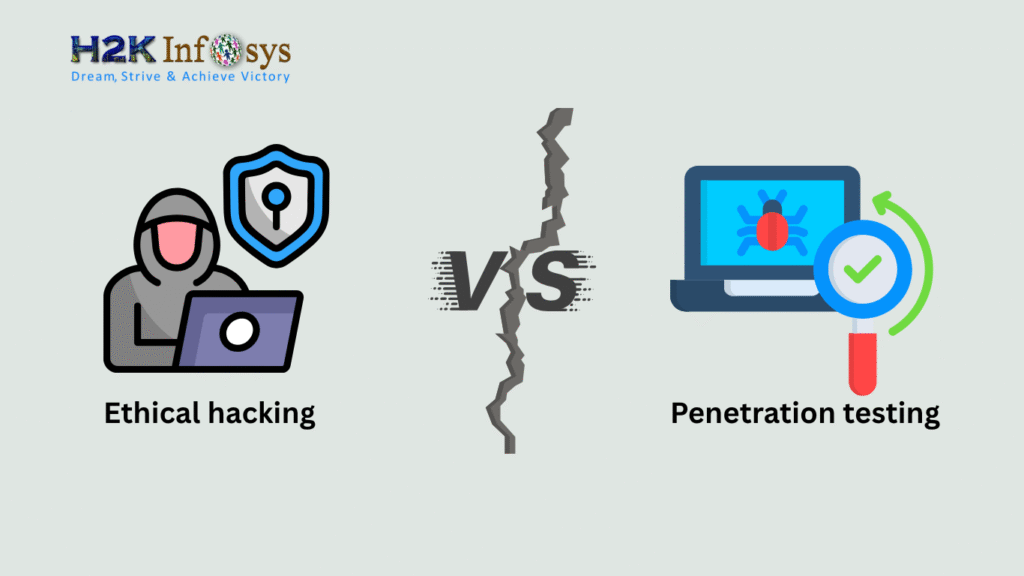The software is tested in the test environment which has different software and hardware settings with variety of testing tools. The interoperability testing is performed to check the interaction between different system components. As many different kinds of technology are being built into architectures it is done with different parts where certain operation is critical for developing user base.
Interoperability testing involves testing the application or software program is compatible with other environments and encourages the cross – functionality. Software application needs the data to route back and forth with effecting the operations of system, loosing data or functionality. Therefore a software component has to recognise the data from other programs, handle stress and provide accessible and useful results.
Interoperability is a process where an application interacts with other application. When the testing is done, it is taken care that the data from one application to other application is transferred in a meaningful manner automatically to give the accepted output. For example consider you have to travel to New Jersey from Vancouver you reserve your flight with connecting flights as there is no single flight between two cities with Air Canada. So here Air Canada and Virgin Atlantic both are independent applications. While booking, your details got exchanged from Air Canada to Virgin Atlantic in a meaningful manner automatically.
There are three types Interoperability testing. They are:
- Syntactic Interoperability: if two or more computer systems are capable communicating using specified data formats and communication protocols.
- Semantic Interoperability: The ability to automatically interpret the information exchanged meaningfully and accurately in order to produce useful results by the end users of both the computer systems.
- Cross-Domain Interoperability: it considers social, political, legal entities working together for information exchange.
The goal of interoperability testing proves the end to end functionality between two communicating systems required by the standard on which the systems are based.
The lack of interoperability testing causes:
- Loss of data
- Unreliable performance
- Unreliable operation
- Low maintainability
- Incorrect operation
The different software levels in interoperability testing is
- Physical interoperability
- Data-type interoperability
- Specific –level interoperability
- Semantic interoperability
The objectives of this interoperability testing is
- Determining the perfect and accurate data passed between the software
Applications.
- Conform proper timing and coordination of functions which exists between the applications.
For example developing the test transactions and verifying the process in one application or entering the transaction in production environment or verifying the new changes of the parameters in the system. The main disadvantage is time consuming that is cost may be high if the system is run several times.
The challenges faced by interoperability testing:
- Determining the basic root and cause in depth of the defects
- The accurate measurement of any application results
- The scalability and flexibility of the testing
- Complex features in the network
- Testing all the equipments
- Creating the documents
- Inappropriate requirements
The difference between the interoperability testing and conformance testing is in interoperability testing, it makes certain that the application or software will interoperate with other without any certified issues. Whereas in conformance testing it makes sure that the compliance of the product is required for the standard and specification.
Interoperability testing is done because it ensures the end-end service facility for more products for different sellers. The software should be able to communicate with other components without any compatible issues.
The different test strategies of interoperability testing is
- Connecting two or more components from different sellers
- Check connection between the devices
- Check if the device can send or receive the network packets
- If result is ok then go for testing next result.
Check your understanding:
- What is interoperability testing?
- What are the types of interoperability testing? give some example
- What are the levels of interoperability testing?
- Why do we need interoperability testing?























8 Responses
Interoperability testing is a form of non functional testing.This form of testing is done to ensure end to end functionality between two interacting systems based on their specified standards and protocols. The applications in the software act independently and exchange information for the smooth functioning of the software . For example if the money is transferred between different banks for the same person, then the information for the customer is verified with both banks independently to make sure that funds are being transferred for the same customer.The exchange of information takes place between the banks before funds are transferred. They interact independently to share and exchange data and information. Some types of interoperability testing are Physical interoperability, data-type interoperability, specific level interoperability, and semantic interoperability.
This article talks about INTEROPERABILITY TESTING and its types.
Many new technologies are emerging in an existing field. In order to make sure that these new programs are compatible with the existing technology, we need to interoperability testing. It is important that the new system and the old, existing system interacts flawlessly and is cross-functional. For example, if the original output program can only take in a one- or two- digit number for the age field, and the new input program that is built feeds in a one-, two-, or three- digit number for the age field, this new input program is not compatible with the original output program. In this case, interoperability testing is advantageous because it will catch this mismatch before program launch.
This testing is to check the the interaction between the system components and to make sure the system or application is compatible with other environments and encourages the cross functionality.
Interoperability testing menas testing used to check the compatablity of application or software with other different environments and encourages the cross – functionality. Software application needs the data to route back and forth with effecting the operations of system, loosing data or functionality. Therefore a software component has to recognise the data from other programs, handle stress and provide accessible and useful results.
The interoperability testing is performed to check the interaction between different system components. As many different kinds of technology are being built into architectures it is done with different parts where certain operation is critical for developing user base.
Interoperability testing: In this type the software application is tested how it is compatible with other various environments. There are 3 types
Syntactic interoperability testing: The testing is done based on how two or more software applications are communicating with specified data formats and communication protocols.
Semantic interoperability testing: The testing is done based on how information is exchanged to get the accurate results.
Cross domain interoperability testing: The testing considers social, political and legal entities about how the information get exchanged.